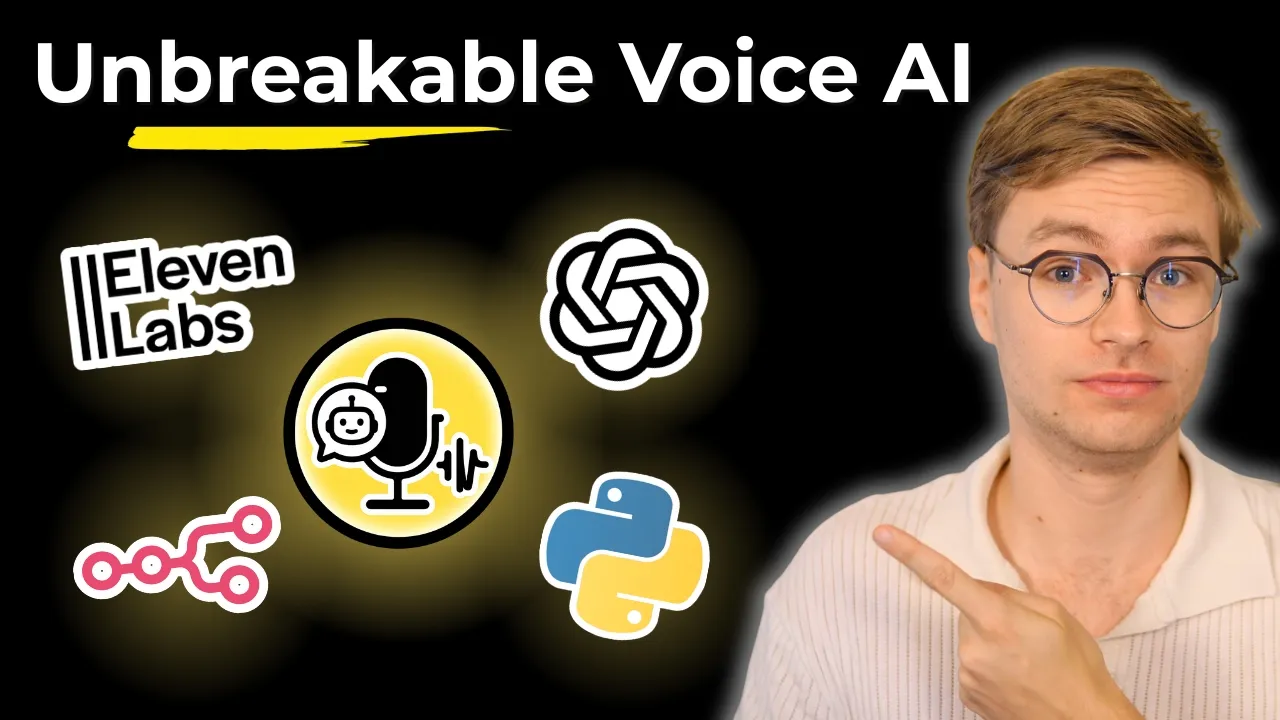AI Voice Agent for Field Service
Field service teams juggle emergency repairs, maintenance schedules, and anxious customers. Most voice bots promise relief then collapse when a caller changes details midstream. The video showed that exact failure: an agent ignored frustration because it stayed glued to the original prompt. Dispatch centers see the same issue when a customer stacks access instructions, safety concerns, and reschedule requests. The moderator loop clears that chaos by supervising the conversation, checking progress against a shared checklist, and coaching the agent toward the information technicians need.
Why Dispatch Bots Miss Critical Details
Service calls involve job numbers, equipment notes, and site access quirks. A single prompt cannot hold those requirements once the caller adds more context. The model prioritizes the most recent sentence and forgets the rest. That is how technicians arrive without the right parts or the correct safety gear.
Pairing the agent with a moderator changes the outcome. In the demo, the moderator nudged the agent to acknowledge frustration and surface improvement ideas. In field service, that same guidance ensures the agent confirms asset IDs, logs hazard notes, and offers realistic arrival times instead of vague promises.
Build the Field Service Checklist
Capture the essentials your dispatchers expect on every call:
- Work order number, asset location, and onsite contact details
- Equipment type, failure symptoms, and temporary fixes attempted
- Required parts, access instructions, and safety considerations
- Next steps such as technician assignment, arrival window, and follow-up commitments
Insert this checklist into the shared prompt for both the agent and the moderator. When the agent skips a field, the moderator suggests a targeted question instead of repeating the script. This mirrors the disciplined approach found in AI Agent Development Practical Guide for Engineers.
Coach Tone While Staying Efficient
Customers calling about equipment failures are under pressure. The moderator keeps empathy intact by coaching the agent to:
- Recognize urgency and explain why each question matters
- Clarify safety steps without sounding dismissive
- Offer guided escalation to human dispatchers for high-risk incidents
That real-time feedback is what transformed the demo conversation from awkward to productive. At scale, it protects customer satisfaction and technician productivity.
Turn Calls Into Operational Insight
Once the checklist guides every interaction, your transcripts become actionable data. Operations can track root causes by asset type, inventory teams can forecast parts demand, and customer success can flag accounts at risk. Tie these insights to the measurement cadence in AI Agent Evaluation Measurement Optimization Frameworks to prove impact on first-time fix rate, repeat visits, and support deflection.
Roll Out in Phases
Pilot the moderated voice agent on maintenance reminder calls or low-priority repairs. Compare results against human dispatchers, review moderator coaching logs, and refine the checklist with technician feedback. Once you reach parity on data capture and tone, expand to emergency queues and after-hours coverage. Keep documentation aligned using AI Agent Documentation Maintenance Strategy.
Next Steps
Watch the video walkthrough to see how the moderator packages checklist status, coaching, and suggested prompts. Then apply the framework to your dispatch center. Inside the AI Native Engineering Community we share field service conversation templates, escalation flows, and deployment guides. Join us to build a voice agent that keeps technicians prepared before they even roll the truck.

